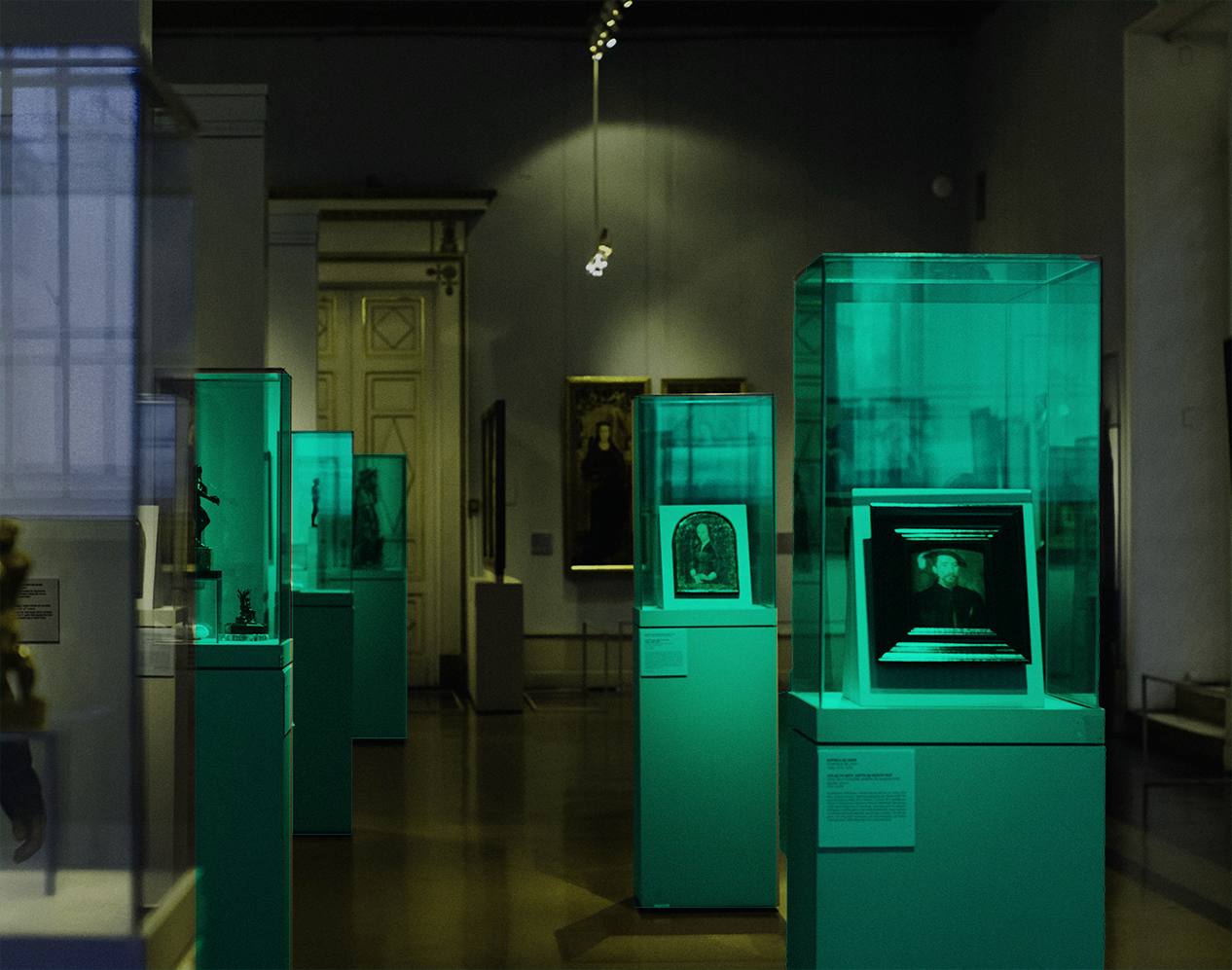Emerald Circuit: 21st Century Solutions for Museum Product Security

Emerald Circuit’s network of intelligent objects can monitor integrated humidity and temperature within exhibits which,
networked with one another, provide alerts to museum curators in real-time. The biggest threat to safe artifact storage
is moisture. Too much humidity will damage artworks made of organic materials by fostering the growth of mildew and
other microbial growth, threatening irreplaceable artifacts that tell the story of human cultural development. Temperature
is another variable that must be controlled to sustain the integrity of museum holdings, since many paints and adhesives
will melt or crack if stored in an environment with fluctuating temperature. For this reason, climate has to be controlled
at every stage, including short-term storage.
Dynamically, Museums can also benefit from secure transportation through Emerald Circuit smart containers, crates, and
pallets. When an artifact is put on loan or sold to another museum, stakeholders can track the real-time progress and
security of their artifacts through smart objects equipped with anti-tampering and environmental data sensors. Museums
will also have access to an encrypted chain of blockchain data containing a record of the object’s handling. Any disturbances
in climate or container security will trigger instant, secure alerts at the moment of infraction.
Finally, when it comes to the private preservation and management of artifacts (off of display), museums are able to utilize
the smart container for keeping objects under monitored conditions in real-time. Museums outfitted with Emerald Circuit products
and software can use this real-time environmental data to trigger autonomous fail-safes that will reduce human error, save on
labor and security costs, and maximize profits by ensuring product safety.



